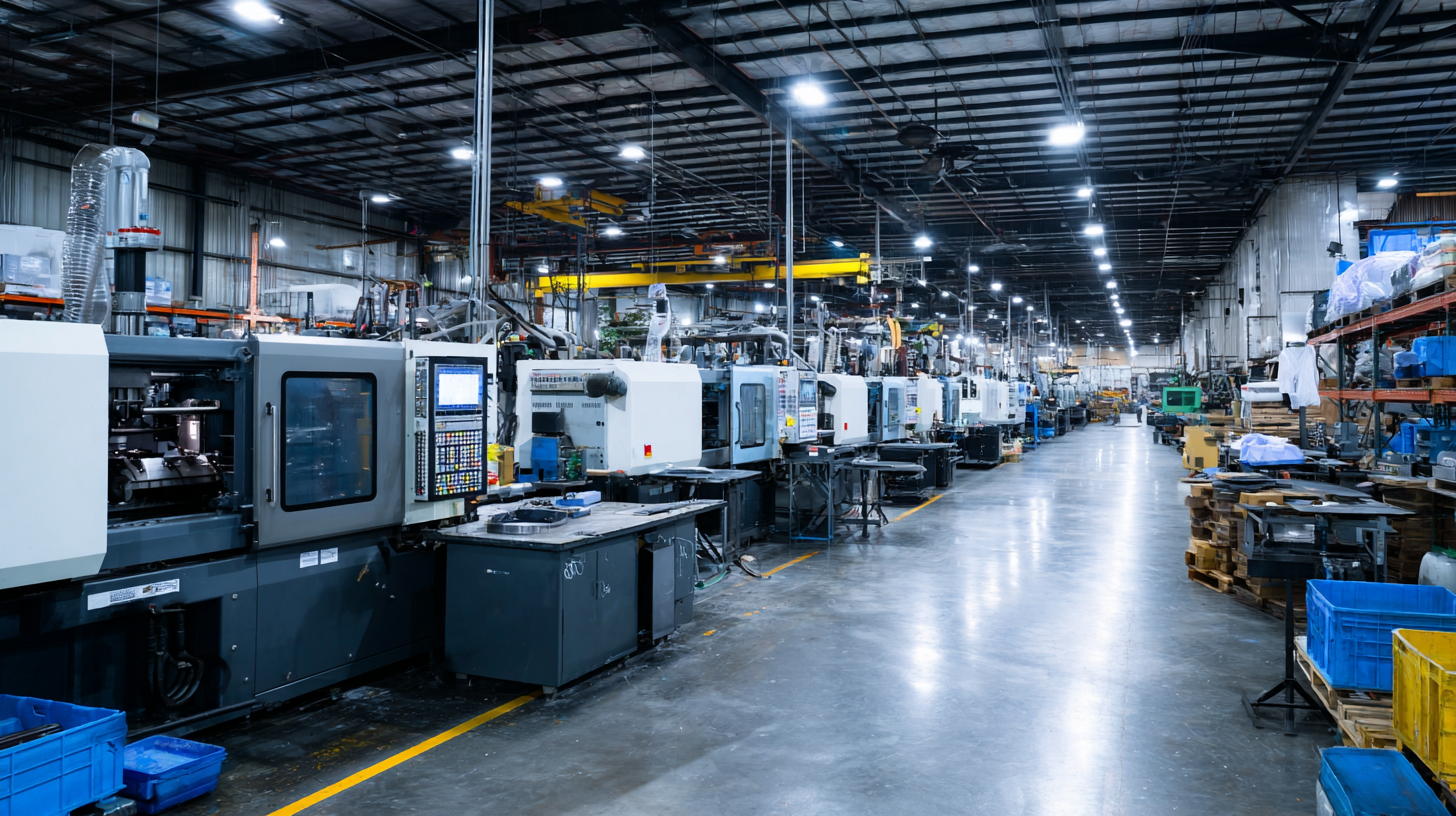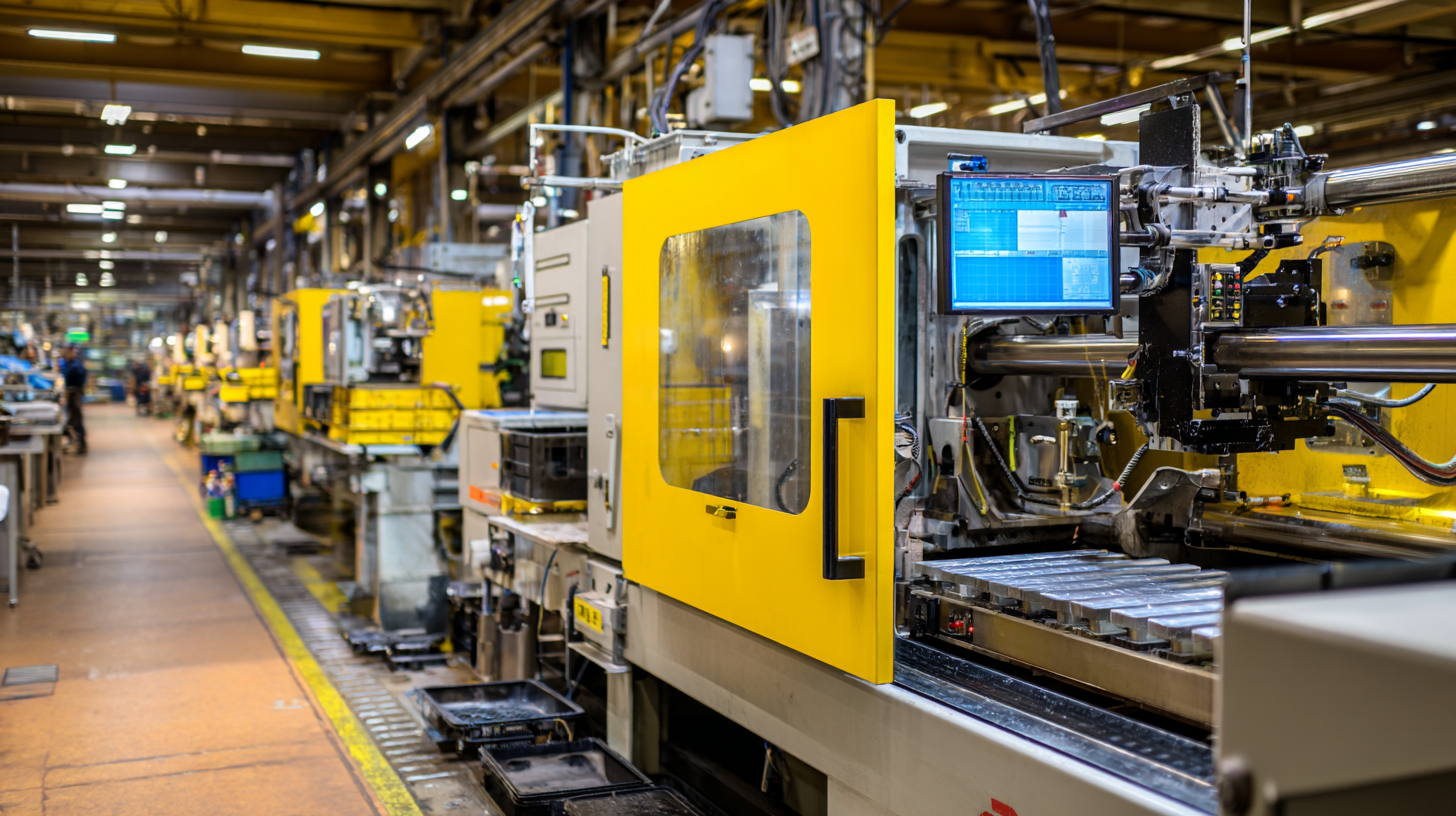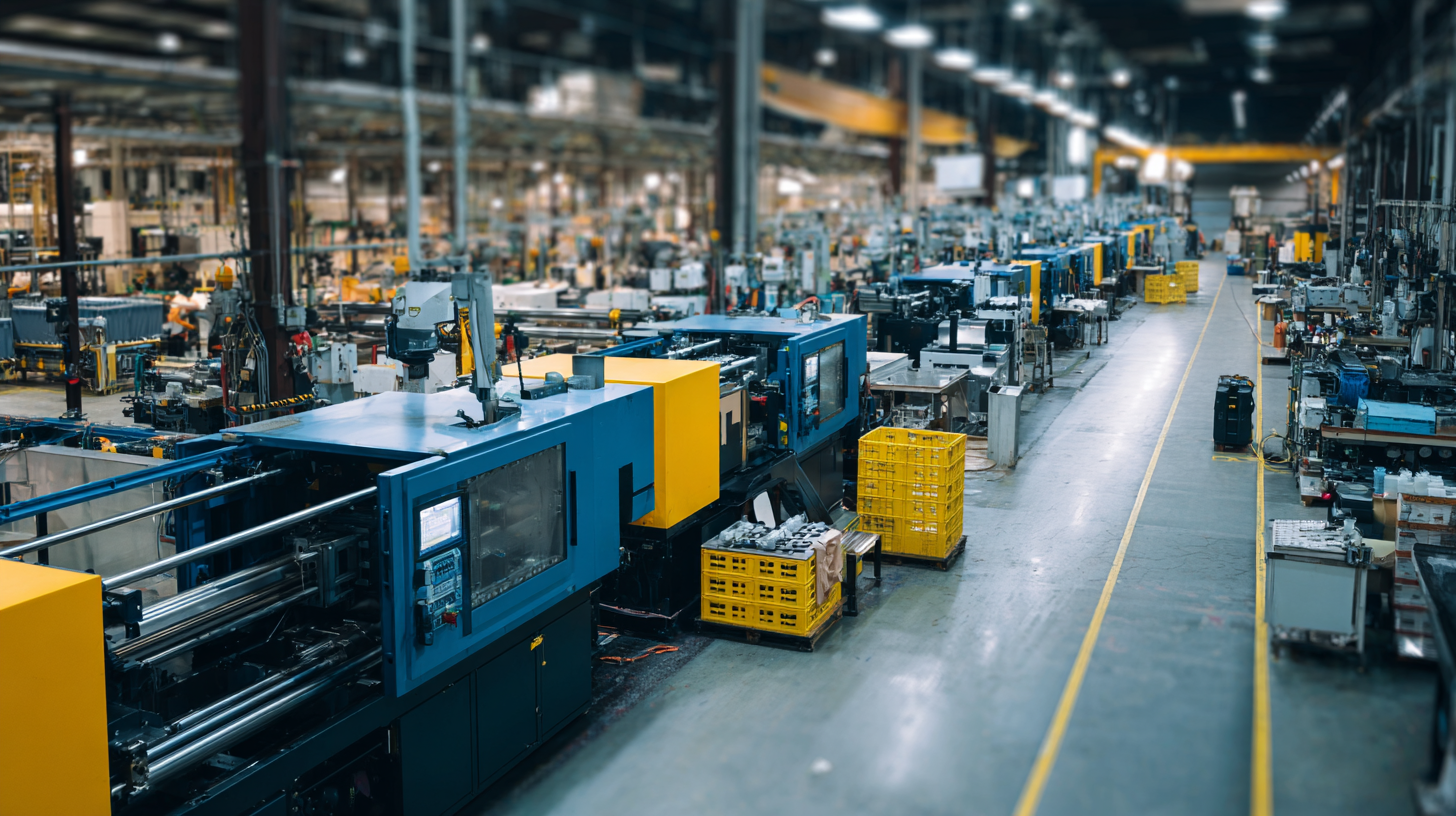
In today’s rapidly evolving manufacturing landscape, companies continually seek methods to enhance production efficiency while keeping costs in check. One prominent strategy that has emerged is utilizing injection molding, which is especially advantageous for high volume production. According to a report by MarketsandMarkets, the global injection molding market is projected to reach USD 341.1 billion by 2026, driven by its ability to produce consistent quality and reduce waste. This efficient process allows manufacturers to create complex parts with precision, thereby minimizing material costs and reducing labor expenses. As industries ramp up production to meet increasing demand, understanding how to unlock the cost efficiency associated with injection molding becomes crucial for businesses aiming to maintain a competitive edge. In this blog, we will explore the significant benefits of injection molding and provide actionable insights into optimizing its application for high volume production.

Injection molding has emerged as a pivotal process in the realm of mass production, offering significant cost benefits that can dramatically enhance a company's bottom line. One of the primary advantages of injection molding is its efficiency in producing large volumes of parts quickly. The process allows for high-speed production, minimizing cycle times and maximizing output. As the number of units produced increases, the per-unit cost decreases due to the initial setup costs being spread over a larger quantity of items. This scalability makes injection molding particularly appealing for businesses aiming to meet high demand without compromising on quality.
Additionally, the precision of injection molding reduces material waste and the need for extensive post-production handling. The ability to create complex shapes with tight tolerances means fewer errors and defects, which ultimately leads to savings in both materials and labor. Choosing injection molding also allows manufacturers to utilize a wide range of materials, including advanced polymers, which can further enhance product performance while managing costs. As companies seek to optimize production methods and improve profitability, leveraging the cost benefits of injection molding can be a game-changer in achieving operational excellence.
Injection molding is an innovative manufacturing process that offers significant advantages for high volume production. One of the key advantages is the implementation of conformal cooling channels (CCCs), which enhance cooling rates by maintaining equal distances from the mold surface. This design not only improves cycle times but also ensures uniform cooling throughout the molded parts, leading to higher precision and consistency, which are crucial for mass production.
Additionally, advancements in technology have led to the development of low-cost solutions for the injection molding process, particularly for rapid prototyping. For instance, a bench-top milliliter-volume vacuum injection-molding system has been created to facilitate pilot-scale production of small components. This cost-effective approach not only reduces the financial barriers for companies looking to prototype high precision parts but also accelerates the product development cycle. By leveraging these injection molding techniques, manufacturers can achieve greater efficiency and ultimately unlock significant cost savings in their production processes.

Injection molding has emerged as a pivotal technology in enhancing production efficiency and quality, particularly in the realm of high-volume manufacturing. Its ability to produce complex parts at a rapid pace makes it the preferred choice for industries such as automotive and healthcare. Recent studies highlight that injection molding can achieve production rates exceeding 80% efficiency when optimized correctly, showcasing its potential for handling large-scale orders effectively.
The integration of artificial intelligence and advanced optimization techniques, such as hybrid approaches combining neural networks and genetic algorithms, has further propelled the capabilities of injection molding. These innovations allow manufacturers to streamline processes and minimize defects in real-time, ultimately leading to significantly improved quality control. Reports indicate that advanced injection molding technology can reduce production costs by up to 30%, while enhancing part precision and surface quality, making it ideal for sectors where reliability is critical, such as medical device manufacturing.
As the manufacturing landscape evolves, incorporating robotics and AI-driven technologies into injection molding processes is becoming essential. Such advancements not only boost production efficiency but also enable manufacturers to adapt swiftly to changing market demands, ensuring they maintain a competitive edge in the high-volume production arena. With these developments, injection molding continues to solidify its position as a cornerstone for modern manufacturing methodologies.
The injection molding industry is poised for significant advancements, especially in the realm of cost reduction through emerging technologies. As the sector evolves, trends suggest a robust growth trajectory, with markets like continuous fiber-reinforced thermoplastic materials projected to rise from $103.74 million in 2024 to an impressive $146.75 million by 2032, reflecting a compound annual growth rate of 4.5%. This growth underscores the increasing demand for efficient, high-volume production methods capable of delivering consistent quality and performance.
Moreover, the precision ball screw market, projected to reach approximately $301.52 million by 2032, is expected to play a pivotal role in enhancing the efficiency of injection molding processes. This market momentum can be attributed to the growing applications in various domains, including machining and semiconductor manufacturing. As manufacturers seek to optimize workflows and minimize operational costs, the integration of advanced precision components will be crucial in unlocking the full potential of injection molding technology, ultimately leading to more cost-effective production solutions.
Effective injection molding is pivotal for manufacturers aiming to maximize return on investment (ROI) in high-volume production.
By leveraging intelligent injection molding techniques that focus on sensing, optimization, and control, companies can greatly enhance production efficiency and product quality.
These advanced methodologies not only minimize waste but also ensure that every piece produced meets stringent quality standards, further cutting down on costs associated with rework and defects.
In addition to embracing technological innovations, implementing strategic cost management is essential for boosting ROI.
A comprehensive understanding of setup costs and business plans, as highlighted in recent reports on manufacturing plant projects, allows companies to allocate resources more effectively.
Prioritizing optimal cutting times and moisture management, as seen in agricultural strategies, can also draw parallels to injection molding in terms of maximizing material usage.
By refining their processes and embracing insights from diverse industries, manufacturers can position themselves to thrive in the competitive landscape of plastic product production.

Copyright © 2025 The Toolroom Inc. All Rights Reserved.
Website Design St Louis by IQComputing